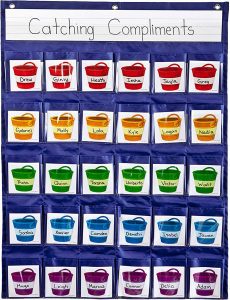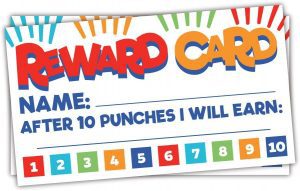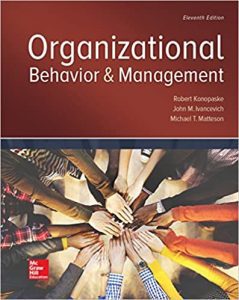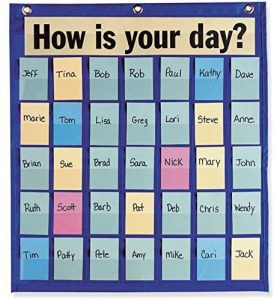The Best Behavior Management Tools

Our Review Process
Don't Waste Your Money is focused on helping you make the best purchasing decision. Our team of experts spends hundreds of hours analyzing, testing, and researching products so you don't have to. Learn more.
Our Picks For The Top Behavior Management Tools
- 1. VNOM Hanging Foldable Pocket Classroom Reward Chart
- 2. Carson Dellosa Education Classroom Positive Reinforcement Pocket Chart
- 3. Griffin Phillips & Gully Organizational Behavior
- 4. m&h invites Business Card Size Reward Punch Cards, 50-Piece
- 5. Konopaske Ivancevich & Matteson Organizational Behavior and Management
- 6. Pacon Color-Coded Hanging Classroom Pocket Chart Behavior Management Tools
This unique behavior-reward hanging chart has seven clear pockets and measures 42 3/4 inches by 9 3/4 inches. It includes 14 colorful, customizable cards that you can slide into place. You can then clip on the included clothespins to help kids track progress and receive encouragement for their behavior.
Positive ReinforcementThis bright, vibrant chart helps keep teachers and students right on track.
Designed for medium- and large-sized classes, Carson Dellosa's 29-by-22-inch hanging chart is made from deep blue fabric and has 30 clear pockets that you can design in different ways. Corral student cell phones and classroom supplies or use the pockets as compliment catchers.
A Real CatchThis chart is pretty versatile, and no matter how you decide to use it, your students will reap the benefits.
Learn the fundamentals of employee behaviors, apply traditional and contemporary management ideas and practice the necessary skills to tackle today's management challenges with this textbook.
A Wealth of KnowledgeLearn about how respected managers handle responsibilities and understand how to apply these strategies in your work and professional life.
This clever behavior management tool borrows the reward punch card idea from restaurants, nail salons and other retail or service industry shops. Each card has 10 numbers to punch out and spots to write the student's name and type of reward.
Just Like Restaurants and ShopsKids are drawn to these motivating cards that reward their good behaviors because it's like a game, and they get something for all their hard work.
Buying Guide
One of the essential skills that teachers, parents, caregivers and managers need is controlling the behavior of those they are responsible for. The methods vary depending on the setting, ages and other factors, but they can range from a gold star to a cash bonus.
In classrooms, behavior management plans use procedures and tools to hold students accountable for their behavior and reward them. A successful one will have procedures, rules and consequences; you must explain these aspects before implementing them.
When students contribute to the plan’s development, they have a vested interest in succeeding. When you get a behavior chart, cards or another tool, you can give them a few rewards to choose from, or they can help decorate the charts.
Look for materials with bright colors and exciting graphics to hold the attention of participants. Customizable options work exceptionally well. Younger kids appreciate rewards like healthy snacks, cool pencils or other things they can use in class, like a small book.
Giving kids something special for completing their homework without being asked for a week straight can motivate them. These rewards also work in home settings and daycares. You can hang up a chart somewhere everyone in the family will see it, like in the kitchen.
Kids can also help you decide what the reward will be. This is important, because if you choose something that doesn’t appeal to them, they will be more likely to lose interest.
Behavior management in organizations is much more complicated because you are working with adult employees who are harder to control — and harder to reward.
This kind of behavior management is more of a science and is taught in schools, on the job and in seminars. If you need help with the topic, several good books are available for purchase. Most share enlightening examples and provide excellent strategies for incorporating these ideas into your own behaviors.
What to Look For
- Aside from young children, most humans will resist having their behavior managed. As such, it is crucial to set a friendly tone, establish clear expectations and stay positive.
- Take your time with behavior management tools. You will want to plan everything out ahead of time rather than springing it on your subjects.
- Allow students to participate as much as you can. The plan will work best when they can choose from a group of rewards, whether it’s for the classroom, home or a work environment.
More to Explore
Cats have minds of their own, and compared to dogs, are much harder to train. Some cat owners can teach their feline companions to sit, come when called and even give a high five.
Didga the cat lives in Australia, and her trainer taught her to swim and ride on a skateboard. The fact that her owner is an animal trainer helps. Talk about some extraordinary behavior management skills!
















